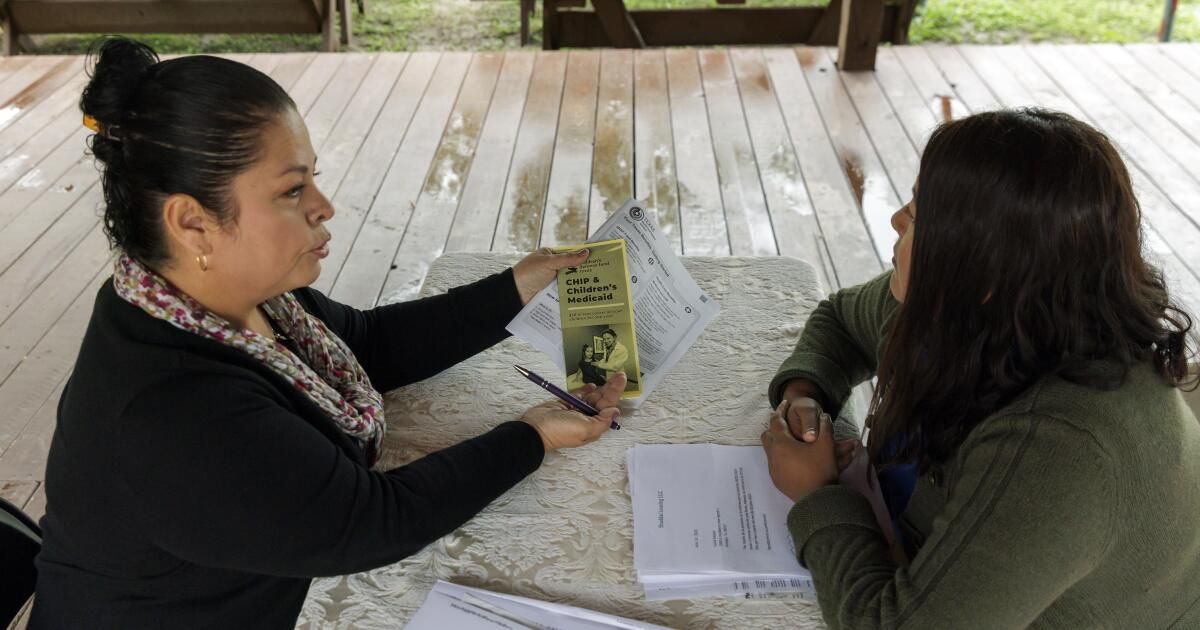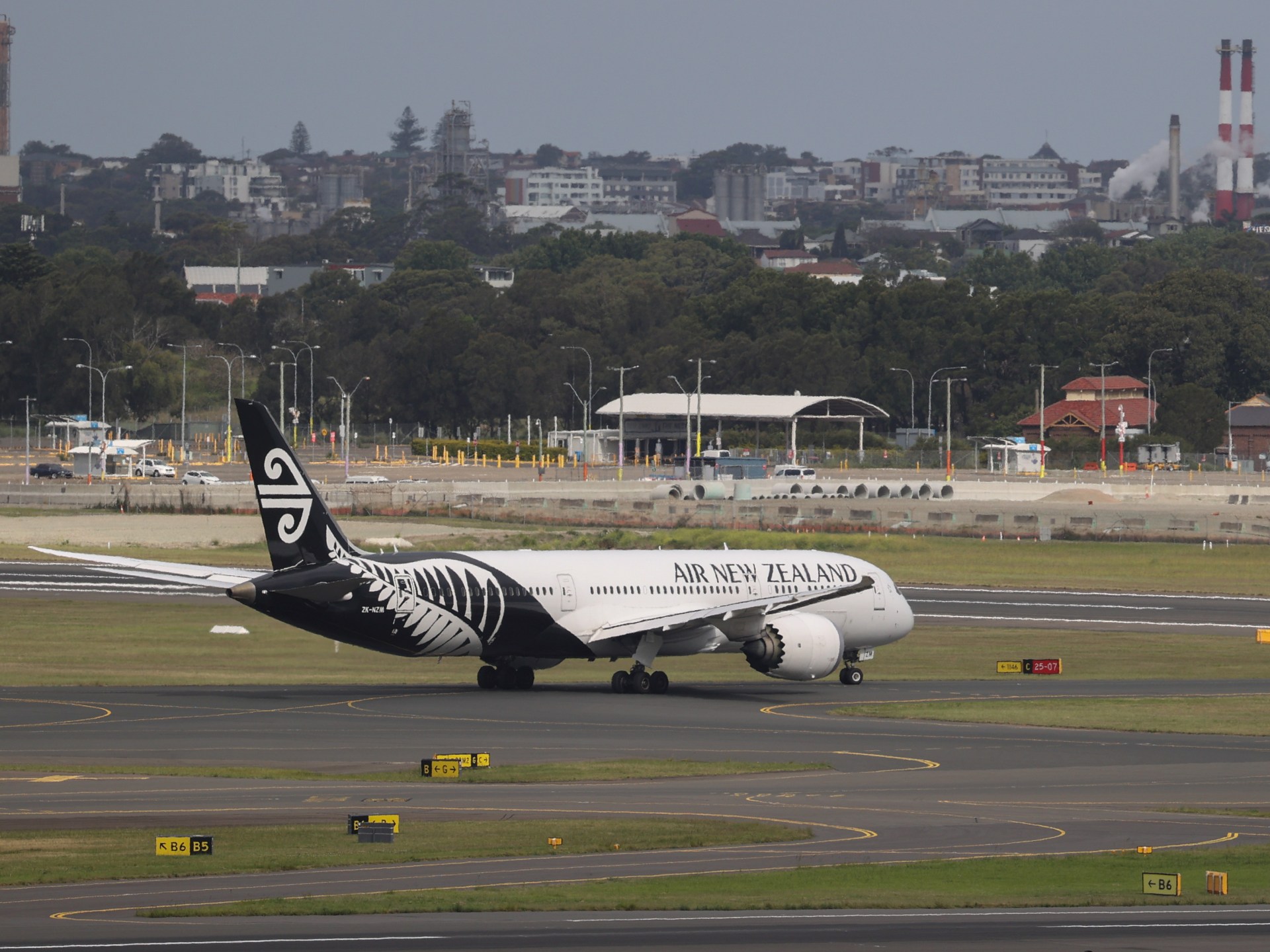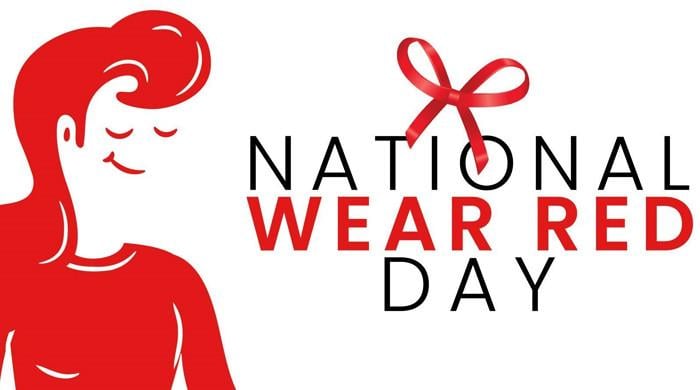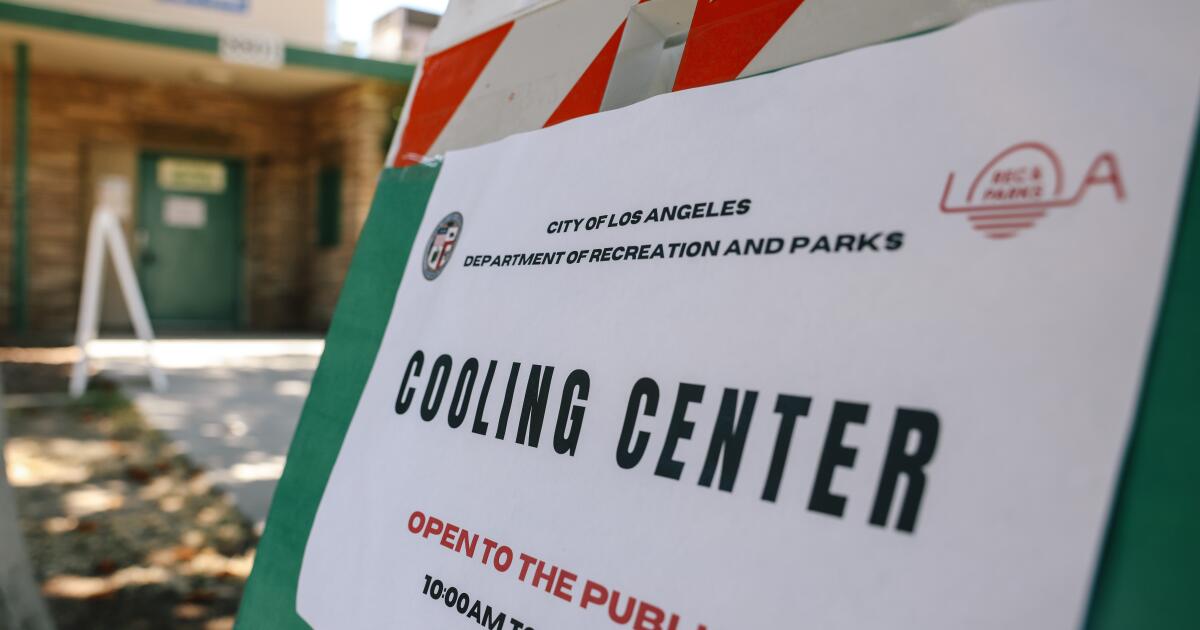Midway through what will be the largest purge of Medicaid beneficiaries in a year, enrollment in the government-run health insurance program is on track to return to roughly pre-pandemic levels.
Medicaid, which covers low-income and disabled people, and the related Children's Health Insurance Program grew to a record 94 million enrollees as a result of a rule that prohibited states from canceling coverage during the public health emergency. country.
But since last April, states have removed more than 16 million people from the programs in a process known as “phasedown,” according to KFF estimates compiled from state-level data.
While many beneficiaries no longer qualify because their income increased, millions of people have been removed from the lists for procedural reasons, such as failing to respond to notices or returning documents. But at the same time, millions of people have re-enrolled or registered for the first time.
The net result: Enrollment has fallen by about 9.5 million people from a record high last April, according to KFF. That puts Medicaid and CHIP enrollment on track to look, at the end of the wind-down later this year, much like it did at the start of the coronavirus pandemic: about 71 million people.
“What we're seeing is no different than what we were seeing before the pandemic; it's just happening on a larger scale and faster,” said Larry Levitt, executive vice president of health policy at KFF.
Enrollment turnover has long been a feature of Medicaid. Before the pandemic, about 1 million to 1.5 million people nationwide dropped out of Medicaid each month, including many who still qualified but did not renew their coverage, Levitt said.
During the cancellation, many people had their enrollment canceled in a shorter time. In some respects (and in some states) it has been worse than expected.
The Biden administration predicted that about 15 million people would lose Medicaid or CHIP coverage during the phasedown period, nearly half due to procedural issues. Both predictions have turned out to be low. According to the data reported so far, casualties are likely to exceed 17 million, according to KFF: 70% are due to procedural reasons.
But about two-thirds of the 48 million beneficiaries who have had their eligibility reviewed so far got their coverage renewed. About a third lost it.
The federal government has given most states 12 months to complete their disenrollment, beginning with the first disenrollments between last April and October.
Timothy McBride, a health economist at Washington University in St. Louis, said the country's historically low unemployment rate means people who lose Medicaid coverage are more likely to find employment-based coverage or be better able to pay for plans in the Obamacare markets. “That's one of the reasons the decline in Medicaid isn't much worse,” he said.
There are big differences between states. Oregon, for example, has discharged only 12% of its beneficiaries. According to the KFF, 75 percent have been renewed. The rest is pending.
At the other end of the spectrum, Oklahoma has abandoned 43% of its beneficiaries in liquidation, renewing coverage for only 34%. About 24% are pending.
States have different eligibility rules and some make it easier to stay enrolled. For example, Oregon allows children to continue receiving Medicaid until age 6 without having to reapply. All other enrollees get up to two years of coverage regardless of changes in income.
Jennifer Harris, senior health policy advocate for Alabama Arise, an advocacy group, said her state's Medicaid agency and other nonprofits communicated well to enrollees about the need to reapply for coverage and that the state It also hired more people to handle the increase. About 29% of beneficiaries in Alabama who had eligibility reviews were terminated for procedural reasons, KFF found.
“Things are quiet in Alabama,” he said, noting that about 66% of registrants have been renewed.
State officials have told the legislature that about a quarter of people who were canceled during the cancellation were re-enrolled within 90 days, he said.
Alabama, one of the few states that have refused to expand Medicaid under the Affordable Care Act, had about 920,000 Medicaid and CHIP enrollees in January 2020. That number rose to about 1.2 million in April 2020. 2023.
More than halfway through the decline, the state is on track to return enrollment to pre-pandemic levels, Harris said.
Joan Alker, executive director of Georgetown University's Center for Children and Families, said she remains concerned that the drop in Medicaid enrollment among children is steeper than usual. This is particularly bothersome because children typically qualify for Medicaid at higher family income levels than their parents or other adults.
During the reduction, 3.8 million children have lost Medicaid coverage, according to the center's latest data. “Many more kids are failing now than before the pandemic,” Alker said.
And when they are taken away, many families struggle to get them back, he said. “The entire system is clogged and people's ability to get back up and running in a timely manner is more limited,” she said.
The big question, Levitt said, is how many of the millions of people who left Medicaid are now uninsured.
The only state that surveyed dropouts, Utah, found that about 30% were uninsured. Many of the rest found health coverage from their employer or signed up for subsidized coverage through the Affordable Care Act marketplace.
What happened across the country is still unclear.
KFF Health NewsFormerly known as Kaiser Health News, it is a national newsroom that produces in-depth journalism on health issues.












